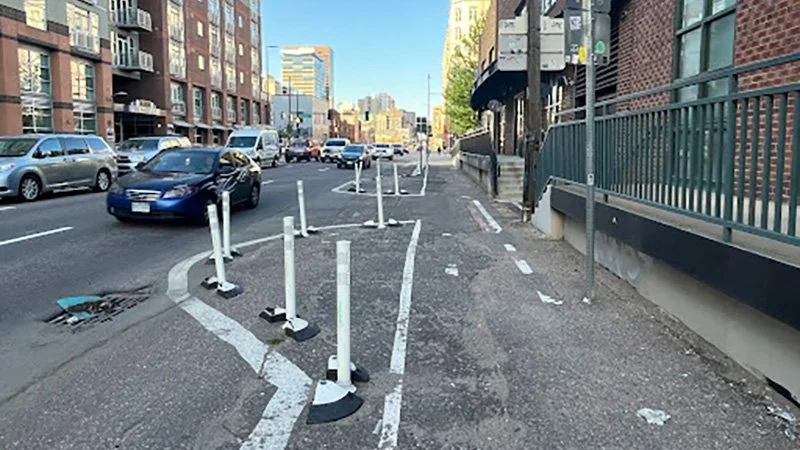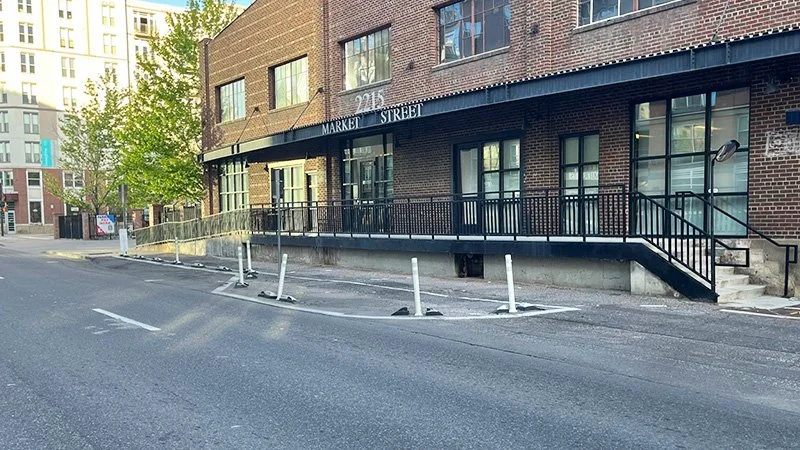Between Budget and Vision: How Redevelopment Makes Streets Stronger
There are many small steps that each of us can undertake to improve our communities, yet we seem to get stuck at every turn.
Redevelopment is defined as the process of renovating an area or property to improve its economic, social or environmental condition. When someone is describing redevelopment, they are typically talking about a building or vacant lot. They speak in terms of demolition, renovation or construction: “We need to demolish the old blighted buildings to construct new ones,” or “We need to renovate the old, dilapidated mill building downtown into a new use like apartments.”
The goal of redevelopment is to address the struggles that are synonymous with blight in a way that promotes economic growth, improves confidence in a community or adapts an area to the needs of the community. Redevelopment projects are initiated by both public and private entities and may involve collaboration between different stakeholders, including government agencies, developers, community organizations and residents.
Urbanists often fall into the trap of discussing redevelopment almost exclusively in terms of a building. This is because it's easy to connect physical work with benefits to the community: Redeveloping a large home into multiple small apartments addresses a housing need, for instance, while adding an office to a residential property increases the financial productivity of the lot. These investments may be small, but they yield high returns in the confidence we have in our communities.
It is also easy to frame redevelopment in terms of buildings because the economics of redevelopment generally do not result in a finished state. In other words, redevelopment is usually an incremental project: It has a finite budgets that is always less than what is needed to complete the job, so the development team must walk a fine line between vision and funding, staying within budget while accomplishing enough that others can understand their vision and making sure the first phase looks complete. We might describe this as the project being completed to a "good enough" state. This also means that redevelopment projects are often very creative, as we get more creative when money is scarce.
While it's easy to frame redevelopment in terms of buildings, we must remember that it's not exclusive to them. Redevelopment can also occur within the public realm of a street. We often overlook this opportunity because our current practice of roadway design builds streets to a finished state, making an incremental approach seem alien.
Here is an example of street redevelopment in Denver, where paint and bollards are being used to carve out a sidewalk. The original pavement touched the front of these warehouse buildings, connecting the street to the loading docks. Today, these buildings have a different use, so the street connection is no longer required.
This project is completed to a "good enough" state: We can understand the city's vision for the street because the space is recognizably a sidewalk, and the first phase was completed with the resources available.
This is also an extremely creative way to redevelop a street — with some bollards and paint, a sidewalk and parallel parking spaces emerged in the span of an afternoon. The city can now test this design and observe how people use this space, adjusting it by moving bollards and changing the paint as necessary. Over time, the city and adjacent property owners can work together to redevelop this street with permanent investments such as raised curbing and concrete sidewalks.
This "good enough" project is a small bet that lets Denver revitalize the public realm of the street, improving its economic, social and environmental conditions today.









Edward Erfurt is the Chief Technical Advisor at Strong Towns. He is a trained architect and passionate urban designer with over 20 years of public- and private-sector experience focused on the management, design, and successful implementation of development and placemaking projects that enrich the tapestry of place. He believes in community-focused processes that are founded on diverse viewpoints, a concern for equity, and guided through time-tested, traditional town-planning principles and development patterns that result in sustainable growth with the community character embraced by the communities which he serves.